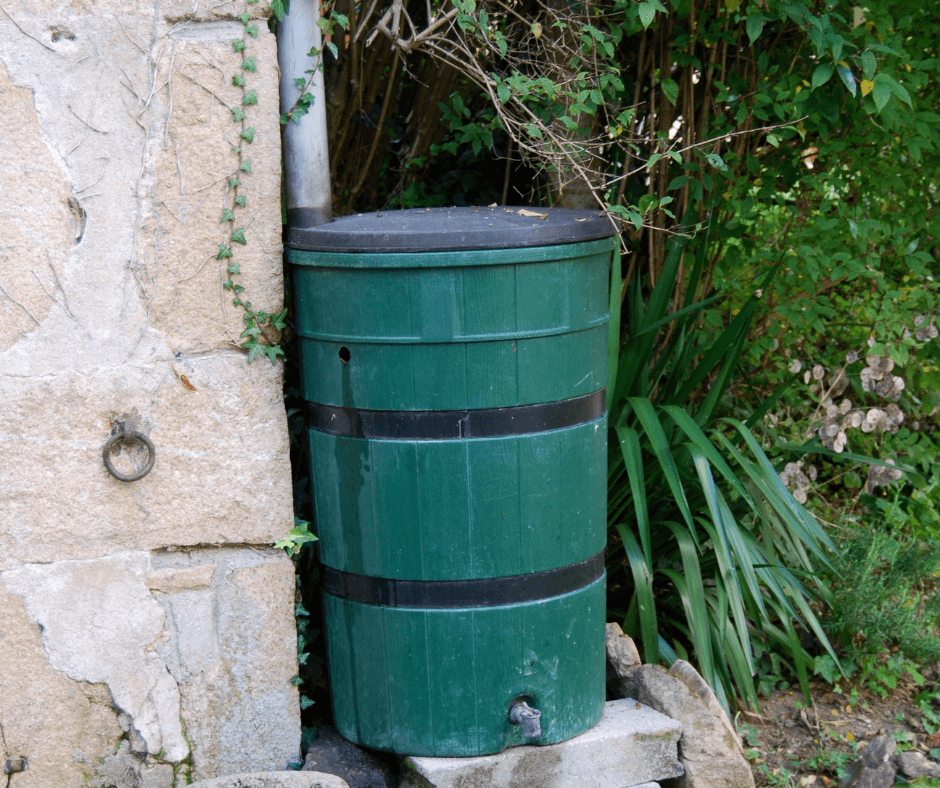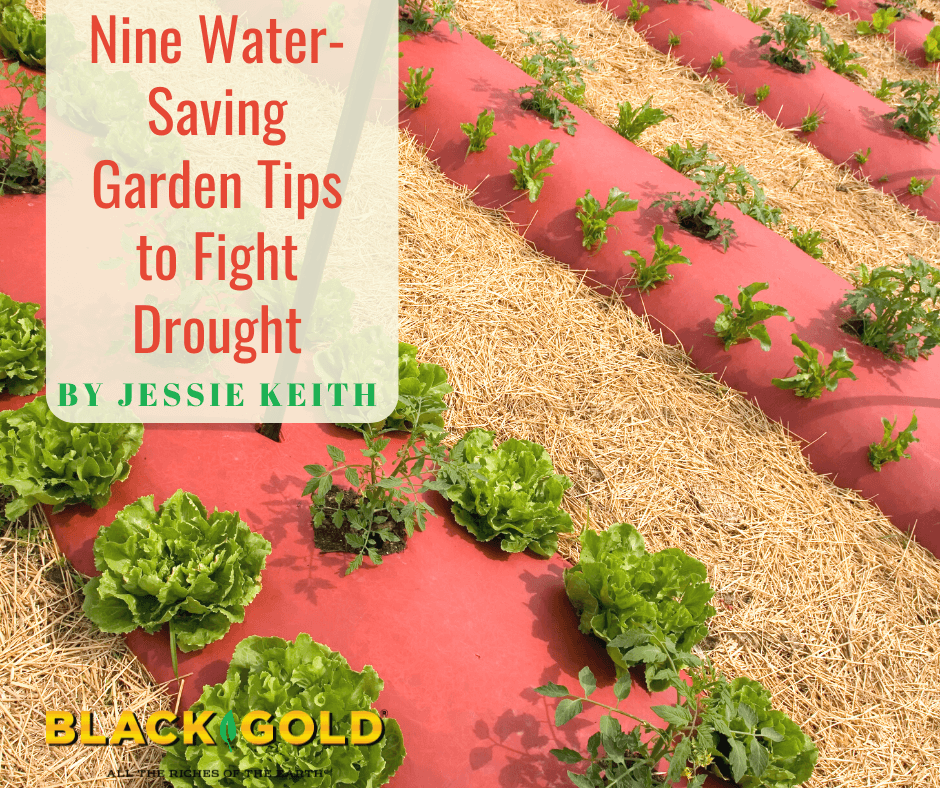
Hot weather drains garden plants dry and reduces productivity, especially when rain is scarce. More and more gardeners have had to change the way they grow because heat and drought limit the season. Rather than getting discouraged, they have learned smarter gardening techniques and how to stretch resources. Approaching the garden season with several lines of defense for drought is essential, especially where summer water restrictions are usually imposed.
US Drought Severity is Growing

The problem is growing. In much of the American West and some eastern states, summer brings seasonal drought at different levels of intensity. According to NASA’s Drought Monitor, a third of the United States was faced with drought in 2020. They stated, “An estimated 53 million people are living in drought-affected areas.” It is a sobering number that shows no sign of decline, and it suggests that water-wise gardening has become a necessity for lots of American gardeners.
Keep Water Grounded
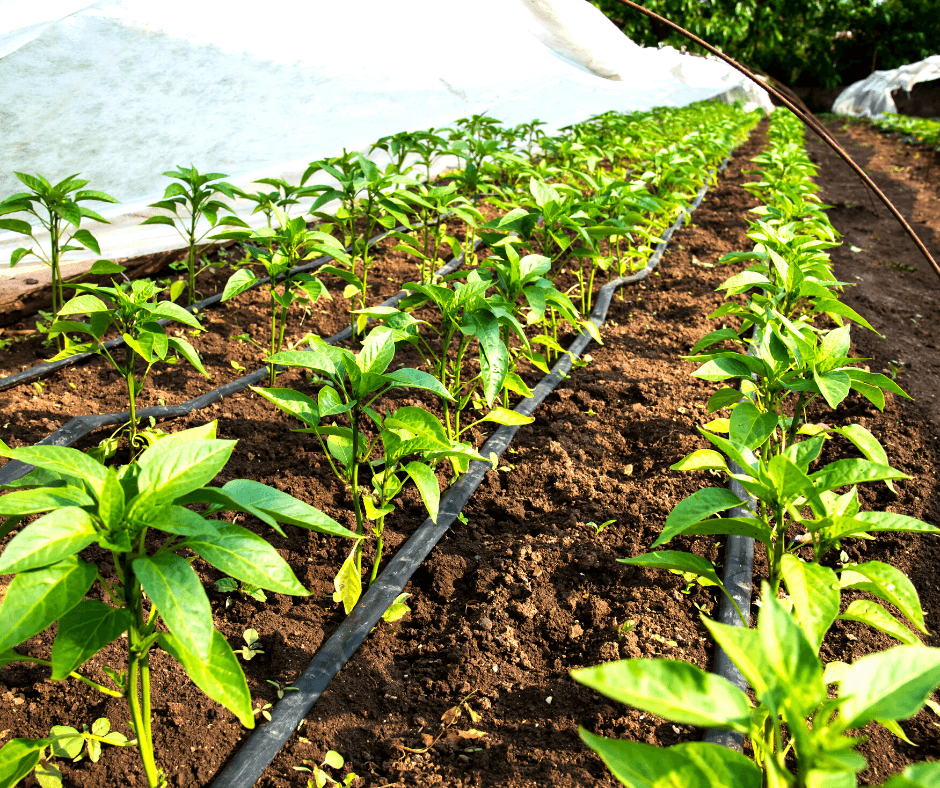
The first tips for saving water involve keeping it in the soil, while avoiding any aerosol or evaporative water loss from sprinklers or over-exuberant hand watering.
1. Amend soil with water-holding additives. Some soil components naturally hold lots of water and act as water reservoirs that make it more available to plant roots for longer. Organic matter (peat, compost, leaf mold, and coconut coir) is on the front line of holding water in the soil. Aerated organic matter soaks water up like a sponge and easily redistributes it to plant roots, For example, processed coconut coir soaks up 90% of its weight in water. Inorganic soil additives, like water-holding crystals and vermiculite, also hold water but are better suited for container gardening.
2. Use drip irrigation: Drip irrigation, in the form of drip-tubing systems for containers or drip hoses and drip tape for beds, deliver water at soil level where it quickly soaks into the ground, and is not lost by evaporation. Drip systems are the best for delivering garden water. In contrast, sprinklers lose an excessive amount of water to evaporation, and water delivery is not targeted.
3. Apply light mulches or coverings: Straw, compost, leaf mulch, or plastic row coverings hold soil water and stop surface evaporation. Use soil coverings in conjunction with drip irrigation, and soil amendment, and you will be set. (Click here to learn how a high-desert vegetable gardener used straw bales to protect her crops with great results.) (Click here for a full overview of different mulch types.)
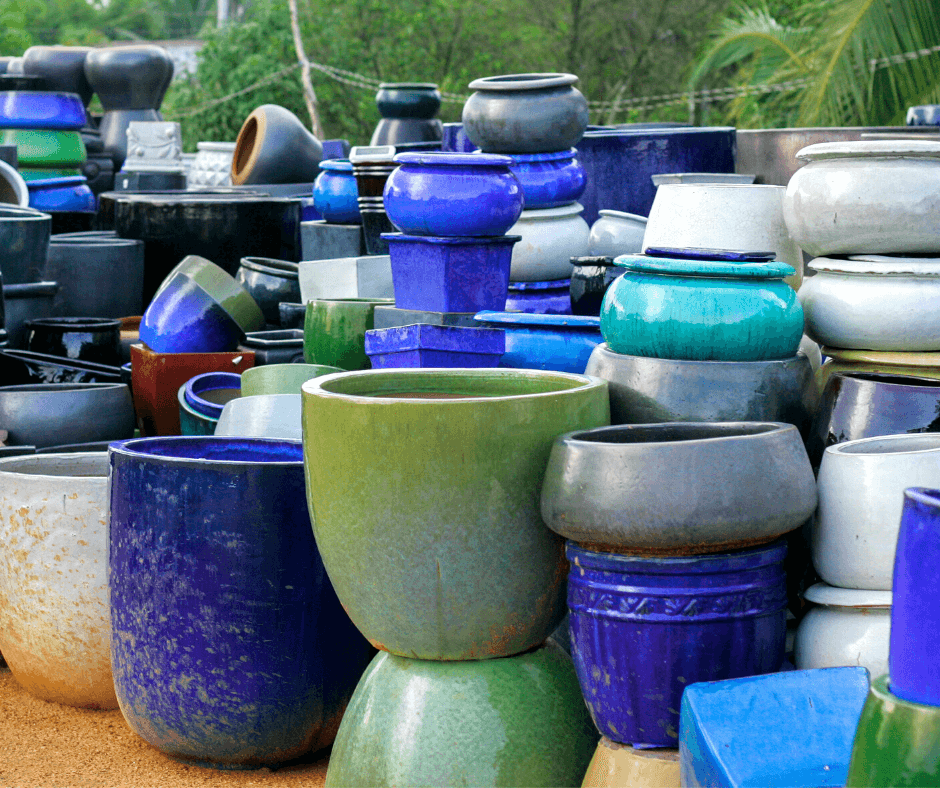
4. Choose larger pots or containers that are glazed or water-impermeable and light in color. Large planters that are light in color hold more water better. Glazed or other water-impermeable surfaces keep the water in, unlike common unglazed Terracotta, which is porous and quickly loses water from its sides. Lighter pots also reflect heat, which helps keep plant roots cooler and happier.
5. Track Watering and Water Deeply: Keep track of watering time and length to determine the general amount needed to keep your garden happy. Soil moisture meters for pots make it easy to know when it is time to water, which takes the guesswork out, though most planters need daily watering when it is really hot and dry. When it comes to garden beds, water deeply–for at least a couple of hours–to ensure that water penetrates down to the roots. Deep watering also encourages deeper rooting, which helps plants get through tough, dry weather.
Manage Light to Reduce Water Loss
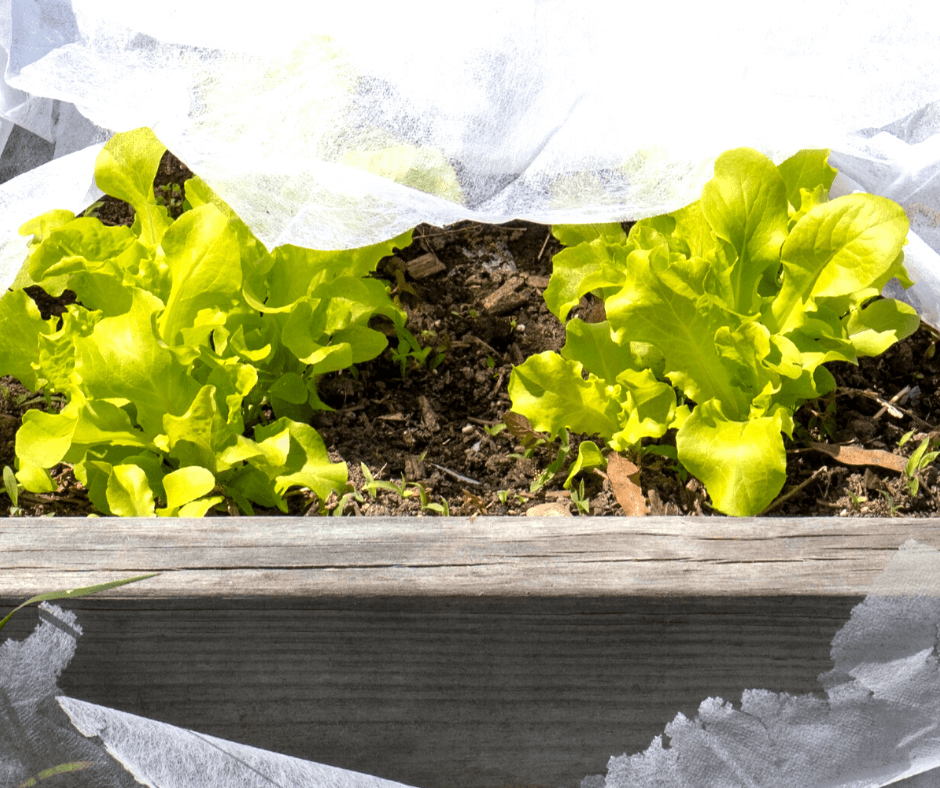
5. Reduce excess sunlight with light hoop covers. When temperatures are scorching and the sun is hot, floating hoop covers draped with lightweight row-cover cloth can be placed over small beds or low-growing garden vegetables to give them a rest and help conserve water. They will still get the light that they need, but the heat will be reduced a bit. Covers secured at both ends can also be helpful in keeping pests away. Greens, carrots, beets, turnips, and comparable crops appreciate this sort of light protection the most. (Click here for more row cover basics.)
6. Use strategic shading and timing. Plant perennials or pots in locations where they get some shade during the hottest time of the day in summer (between 2 and 4 pm). This will help them hold onto water when the weather is most extreme. Watering in the early morning, before the sun rises, will also help plants make it through hot, dry days. If you live in an area where the drought is bad, feel free to irrigate plants in the evening without fear of encouraging diseases. When it is severely hot and dry, plants need lots of moisture at the root zone to fill up with water and keep cool.
Collecting Water for Reuse
When rain does fall, it is wise to set up ways to collect runoff water–such as rain barrels or cisterns. Before doing so, one must know their roof composition beforehand because two roof types release high concentrations of dangerous heavy metals. These are roofs made of 1) uncoated galvanized metal, which releases high concentrations of zinc, and 2) treated wood shakes that release high concentrations of copper. All other roof types should be fine, according to research. Be sure to keep the tops covered to avoid mosquito breeding and possible animal drownings. Here is a little more information about these water collecting reservoirs.
7. Collecting water in Rain Barrels or Cisterns: Rain barrels are quite inexpensive and easy to install for rainwater collection. They connect to gutter downspouts to capture roof rainwater. Not only does this reduce watering costs, but many plants prefer rainwater over tap water. I recommend placing barrels up on cinder blocks to improve water flow from the release valve at the base. It makes it easier to fill watering cans or hook up hosing for garden irrigation. Be sure to empty your rain barrel at the end of the season if you live in an area with cold winters.
Cisterns are water collectors that store more water, and they may be kept above- or below-ground. They may be designed to collect rainwater, air-conditioning condensate, or even reserves of well-water. Unlike rain barrels, they are more costly to install but recommended for areas where water is limited and restricted. If you live in a place with annual seasonal rainfall of 15-inches/year or more (click here to see US annual rainfall averages), then consider installing a rainwater cistern.
Grow Drought-Tolerant Plants
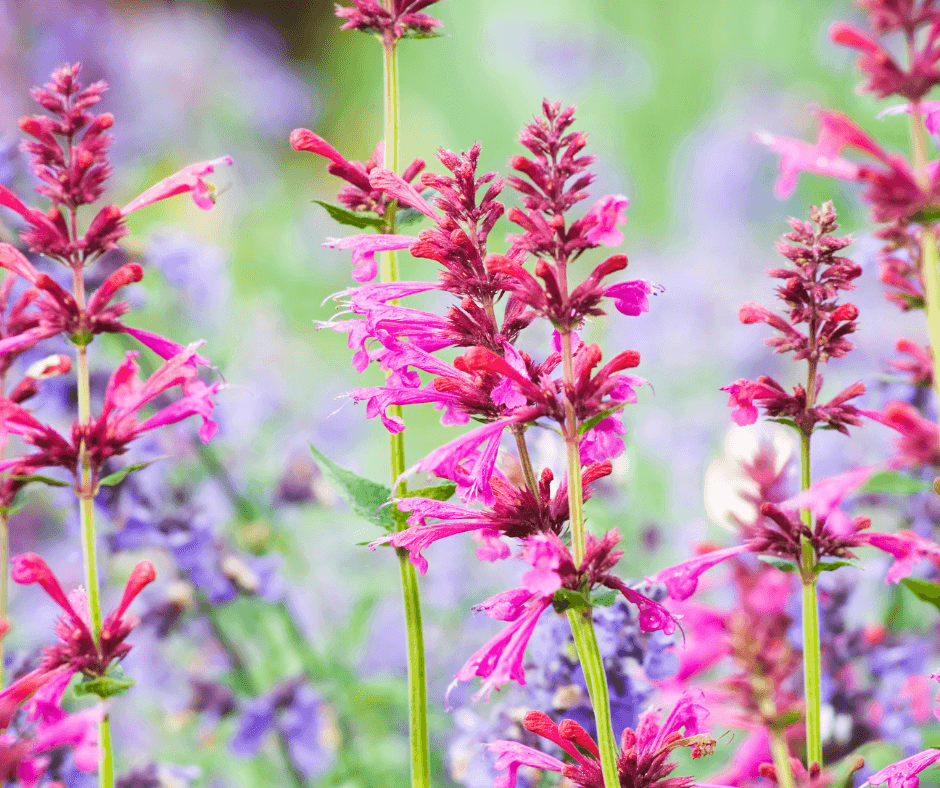
Some plants use water more efficiently or hold onto it better when the rain stops falling.
8. Grow Drought Tolerant Plants. Plants from the Mediterranean and arid West, as well as succulents, tend to shine in heat and drought. Those naturally adapted to more severe drought are often labeled as Xeric or Waterwise plants, and many specialty nurseries carry them. High Country Gardens is one great commercial online seller and Xera Plants is another. Most garden retailers these days also carry lots of drought-tolerant plants. Specialty succulent nurseries, especially those with lists of hardy plants, are also worth looking into. I like Mountain Crest Gardens. Their plants always arrive in great shape and perform beautifully. There are many more out there! Click on the links below for more drought tolerant plant resources.
- Everblooming Bedding Plants for Heat and Drought
- When in Drought, Choose Succulents
- Hot Summer Vegetables That Beat the Heat
- Cool Succulent Hanging House Plants
- What Rosemary Varieties Survive in Southern California?
- Tough, Easy, Ever-Blooming Garden Flowers
- Grey and Silver Garden Plants for Arid Gardens with Maureen Gilmer
- What Are the Best Hanging Basket Flowers For the High Desert?
- What are the Best Raised Bed Plants for High-Desert Gardens?
- Succulent Container Gardening: Potted Xeriscaping


